7 FACTS ABOUT PRESERVATIVES THAT WILL SURPRISE YOU
 We all want to live forever. Well, if not forever, then as long as possible. And we want to be healthy and vibrant while we are doing it, right? So, enter new movement: organic, natural, vegan, gluten-free and so on and so on. We are always on the hunt for the next magic ingredient that will make us live a longer, happier life and we will pay any money to reach our goal.
We all want to live forever. Well, if not forever, then as long as possible. And we want to be healthy and vibrant while we are doing it, right? So, enter new movement: organic, natural, vegan, gluten-free and so on and so on. We are always on the hunt for the next magic ingredient that will make us live a longer, happier life and we will pay any money to reach our goal.
This is a worthy undertaking! However, you will be surprised to find out that behind all these beautiful words – natural, green, pure, organic, etc. there are some hidden secrets that not only did not change from the old conventional ways, they have gotten worse. More dangerous. These little secret additives are preservatives.
If you check even the most “organic” of today’s natural product offerings, you might be unpleasantly surprised that 99.9% of them still have preservatives. No big deal, right? However, take a trip to your bathroom and check the products currently there. See if you can find the following ingredients on their labels: anything that starts with PHENO- (phenoxyethanol), anything that contains the word BENZO- (benzoic acid, benzyl benzoate), any word with -Paraben in it, or anything abbreviated (EDTA, BHT, BHA) or another word you don’t understand and know it is not edible.
Well, here are some facts that might change your mind about our current beliefs regarding these little toxic poisons called preservatives.
Myth #1 – Preservatives are not dangerous to us – they only kill bacteria.
Sadly, this is not true at all. Preservatives work by irritating cell walls of bacteria and entering and killing them as a result. Unfortunately, since our cells differ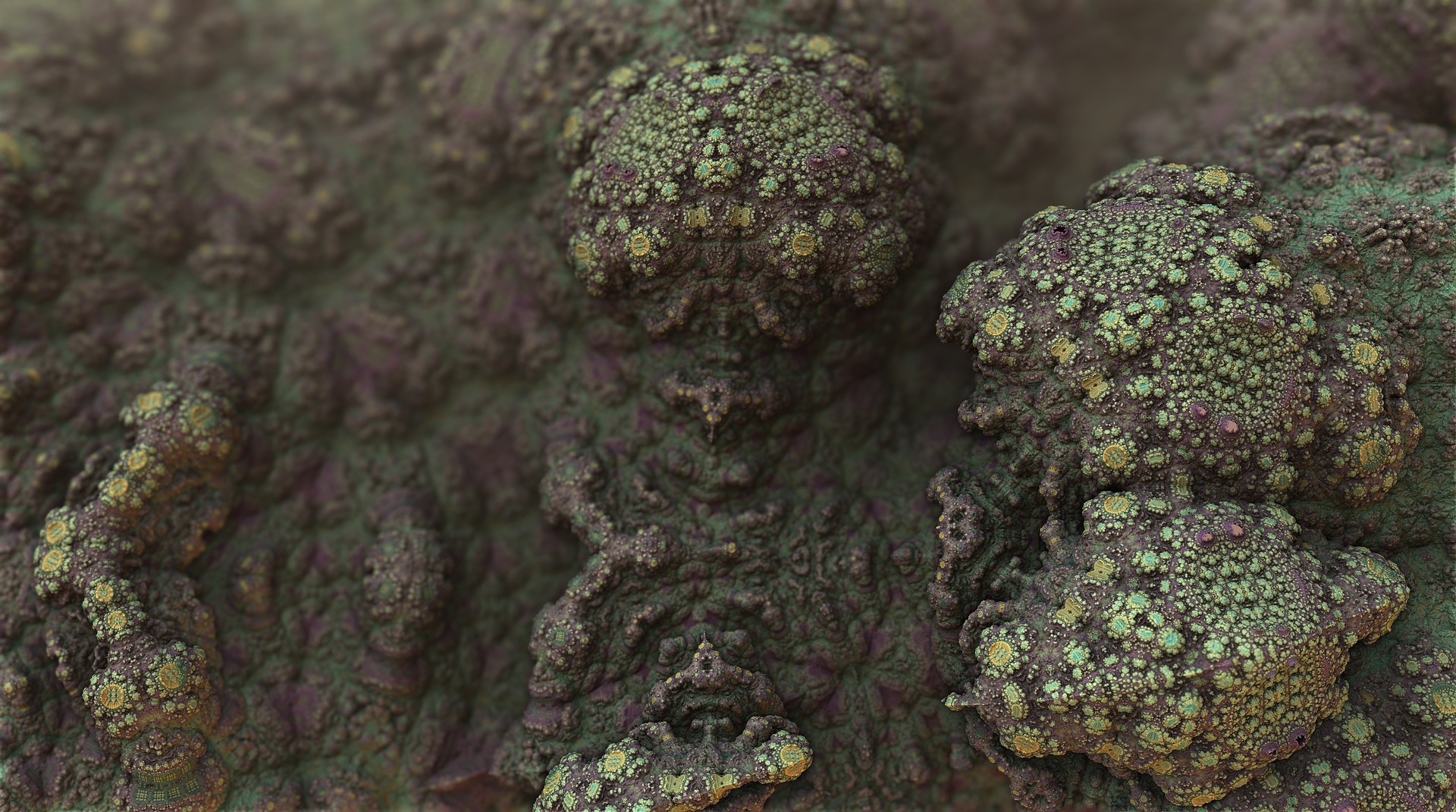 very little from bacteria cells, the preservatives are unable to make a distinction and kill whatever cells they encounter along the way – human or bacterial. Since our body consists of billions of separate cells, preservatives cannot kill us quite as easily as they do microorganisms.
very little from bacteria cells, the preservatives are unable to make a distinction and kill whatever cells they encounter along the way – human or bacterial. Since our body consists of billions of separate cells, preservatives cannot kill us quite as easily as they do microorganisms.
All preservatives used in personal care items today are very aggressive since they are designed to kill anything and everything that might jeopardize the length of shelf life of a product. They have been researched and proved to be carcinogens, mutagens, high power allergens, reproductive toxins, neurotoxins, skin irritants etc., etc. Many times, a single preservative can be many or all of these things – that is why they are so dangerous. Various cancers and autoimmune diseases have been linked to preservatives – hormone-based cancers such as breast cancer, ovarian cancer, prostate cancer or immune disorders, such as multiple sclerosis, lupus, autism.
 Myth #2– FDA regulates the cosmetic market, so nothing dangerous can be sold on store shelves.
Myth #2– FDA regulates the cosmetic market, so nothing dangerous can be sold on store shelves.
FDA as well as CDC explicitly state that they do not regulate cosmetic formulations. There is no other body that regulates cosmetic or personal care items.
If, all of a sudden, a regulatory agency was created to curate the safety of personal care items, the store shelves would be 99% empty after products containing toxic chemicals were recalled or banned. Or even if the most toxic preservatives were banned, as they are used pretty much universally.
Myth #3 – As long as I don’t consume something internally, but only put it on my skin, it won’t harm me.
This statement could not be further from the truth. In fact, the exact opposite is true. We were created in such a way as to be able to deal with a certain amount of poisons if by some chance they are ingested. Our digestive system is quite able to assist us by the presence of stomach acid and bile which neutralize and then dispose of poisons. Standards for use of preservatives were developed with this in mind. But our skin and mucous membranes are not at all equipped with the same ability to neutralize toxic substances.
We were not designed to have to defend ourselves from chemical poisons being applied to our skin or mucus membranes. So, we find ourselves quite defenseless when faced with such danger. Everything we put on our skin will be absorbed into the body, accumulate in deeper skin layers and penetrate into the blood vessels to be carried to all the rest of our organs to accumulate there and damage them.
Myth #4 – The amounts of preservatives are so minute, they are almost insignificant.
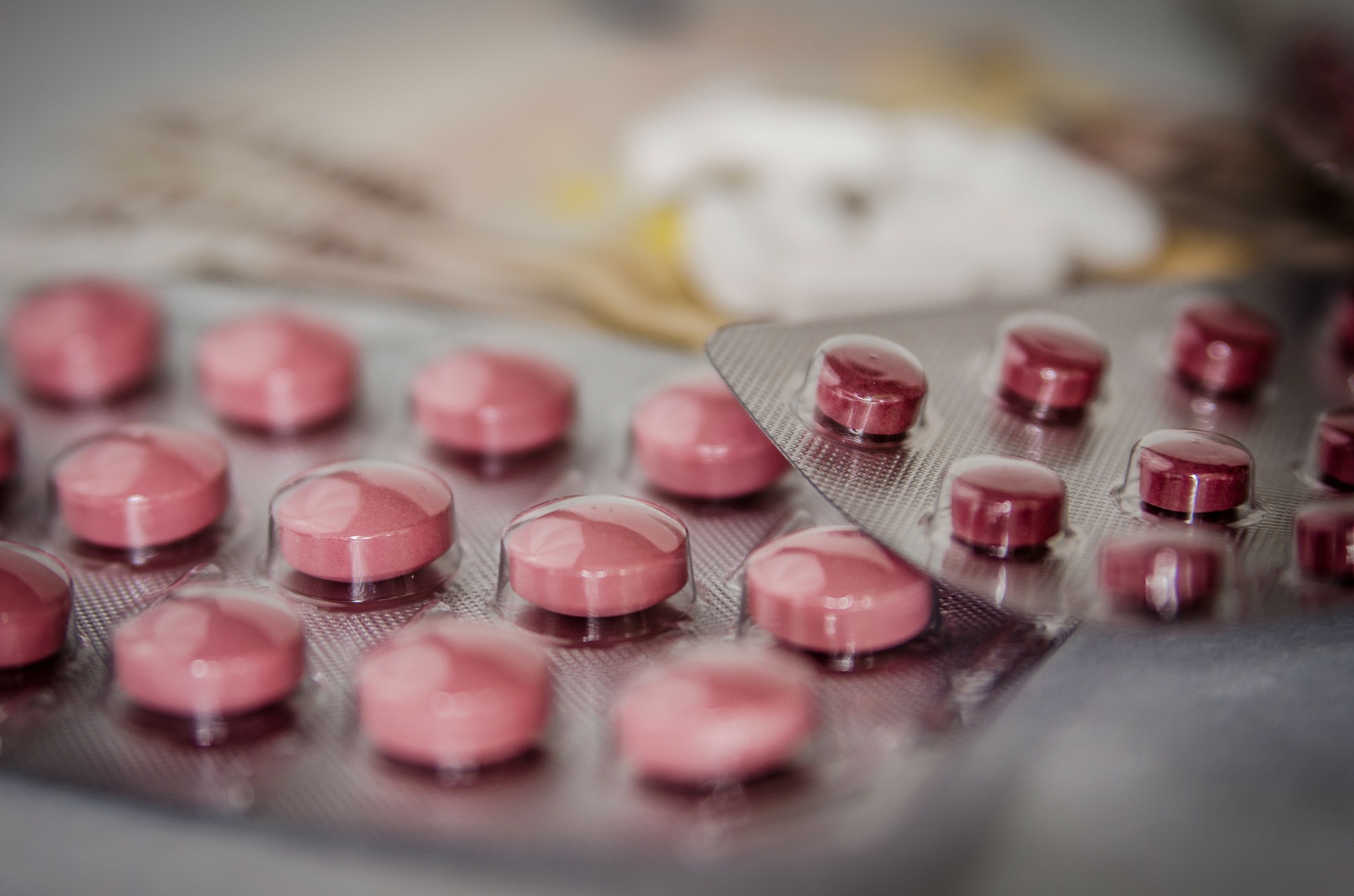 There are actual guidelines that are established for various types of personal care products. For example, Stay-On products, such as moisturizer, lotion, etc. are allowed to contain up to 1.5% of preservative of total weight. Wash-Off products can have a higher concentration of preservatives – up to 3%. Seems so minute, doesn’t it? Here is the loophole – these amounts are PER PRESERVATIVE. If you carefully read the formulas on products you can observe up to 5 different preservatives used in each product to extend shelf life. So, what seemed like 1.5% suddenly looks more like up to 7.5% - and that is no laughing matter if 7% of your product is poison.
There are actual guidelines that are established for various types of personal care products. For example, Stay-On products, such as moisturizer, lotion, etc. are allowed to contain up to 1.5% of preservative of total weight. Wash-Off products can have a higher concentration of preservatives – up to 3%. Seems so minute, doesn’t it? Here is the loophole – these amounts are PER PRESERVATIVE. If you carefully read the formulas on products you can observe up to 5 different preservatives used in each product to extend shelf life. So, what seemed like 1.5% suddenly looks more like up to 7.5% - and that is no laughing matter if 7% of your product is poison.
When calculated in milligrams, many products contain a lot more dangerous substances than some of the daily medications people take – blood pressure, cholesterol, etc. If tiny tablets of these medications can alter our body function for 24 hours, what can we expect to happen when we absorb huge amounts of poisons through our skin daily for years and years?
Myth #5 – If a product does not list a preservative, it’s not there.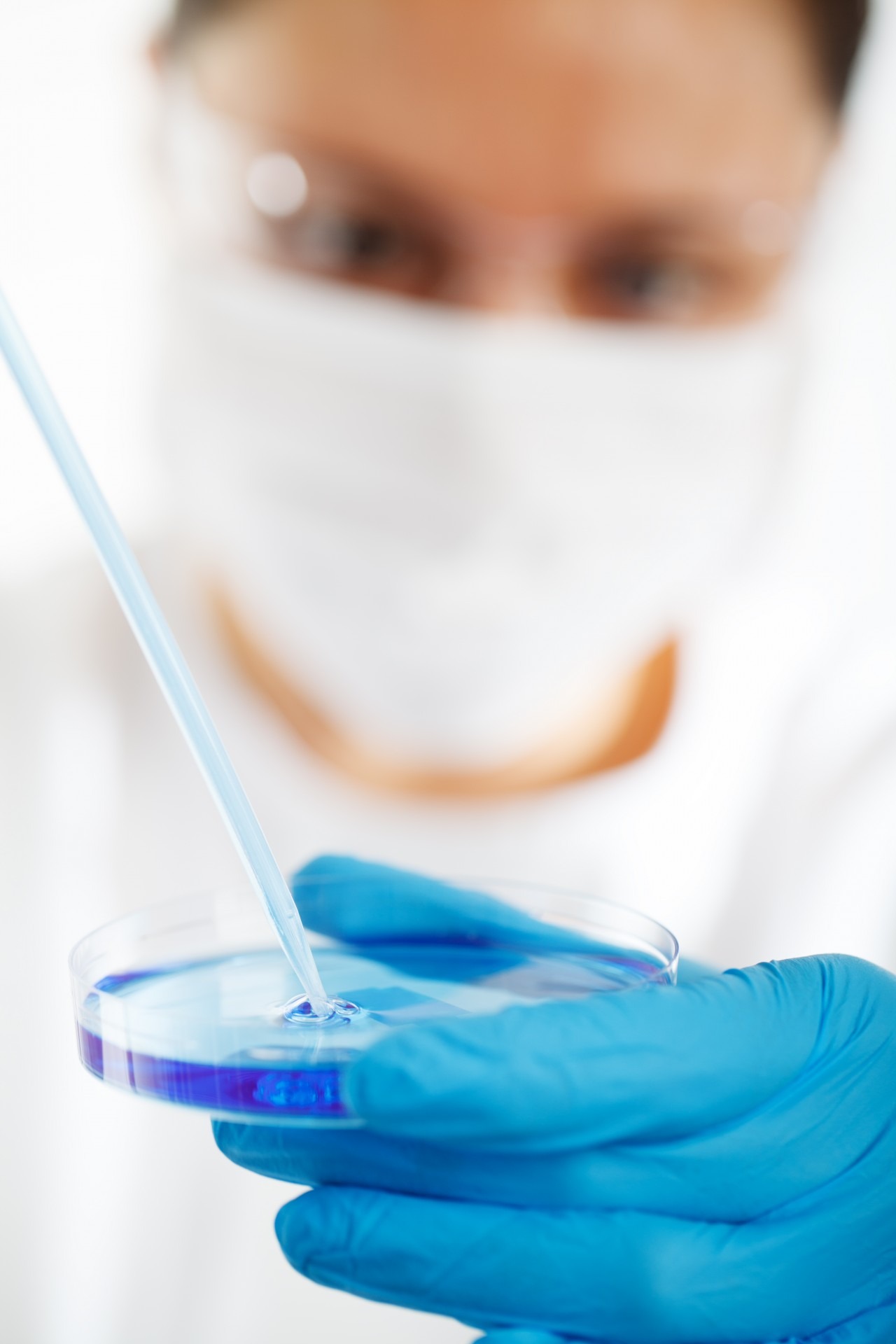
There is no law that requires manufacturers to list every ingredient in the formula. I have seen numerous products that listed no preservative but it was obvious that there one or more was used. Sometimes, it was simply listed as Fragrance. Unfortunately for us, many preservatives (such as phenoxyethanol, a widely used preservative in skincare) smell rather well.
Sometimes, none of them are listed at all. How can I tell they are there even if not listed? Luckily, this can be an easy thing. If a product lists water (or ingredients that are water-based, such as aloe juice or green tea), it must have a preservative just to ensure mold does not grow. Mold develops very quickly in the presence of water, literally within days. If a product looks fresh on the shelf, it must have something (or several somethings) to prevent this process from taking place.
Myth #6 – I should only worry if my product lists formaldehyde or parabens.
Even if a label states that the product is Paraben-Free, it absolutely does not mean that the product is safe. Cosmetic companies have 210 officially registered preservatives at their disposal today. 34 of them have been banned in several European countries, which is already a huge progress in public acknowledgement of dangers of synthetic chemicals. However, the rest of them are still allowed and they are no less dangerous, just not as well known. One of these substances is Phenoxyethanol that has become one of the most widely used preservatives in modern personal care products.
Phenoxyethanol is usually found in skincare that proudly proclaims to be “paraben free”. But few people know that this substance is even more dangerous, since it is not only a carcinogen but also an immunotoxin, and is capable of activating processes that lead to various autoimmune disorders. These include not only allergies, eczema, psoriasis, but more alarming disorders such as multiple sclerosis, lupus and even autism in children.
As for formaldehyde, I think everyone in the world had a sigh of relief when it was finally banned all over the world. But six different formaldehyde analogs called “slow releasers” of formaldehyde are still allowed and are just as toxic. They include diazolidinyl urea, imidazolidinyl urea, DMDM hydantoin, quaternium-15 and sodium hydroxylmethylglycinate. Be sure to check your bathroom for this bunch!
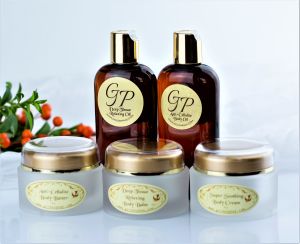 Myth #7 – Companies are forced to use preservatives because it is impossible to create products without them.
Myth #7 – Companies are forced to use preservatives because it is impossible to create products without them.
We saved the best for last! Here is the beautiful truth – yes, it can be done! When we started our search for safe skincare for ourselves, we could not find anything that was both safe and effective. Most formulas either still contained chemicals or were formulated without any concept of absorption. There was no alternative but to create our own line of products.
How are we able to create skincare that is completely preservative free and lasts up to 2 years? It is very simple – we don’t add water to our products. Since there is no free water, there is also no easily available source of oxygen for bacteria and fungi to grow. But how, you ask, is moisturizing possible without water? The answer is simple – lipids, that are abundant in our products, penetrate into the cells and become a source of energy for the powerhouses of the cells – mitochondria. Amazingly, the byproduct of this energy consumption is water! And so, our lipid-based moisturizers become a source of energy, nutrition and moisture inside the cells, which is exactly what our cells need to live a long and happy life! And all this is possible without using any substances that are dangerous to our health. 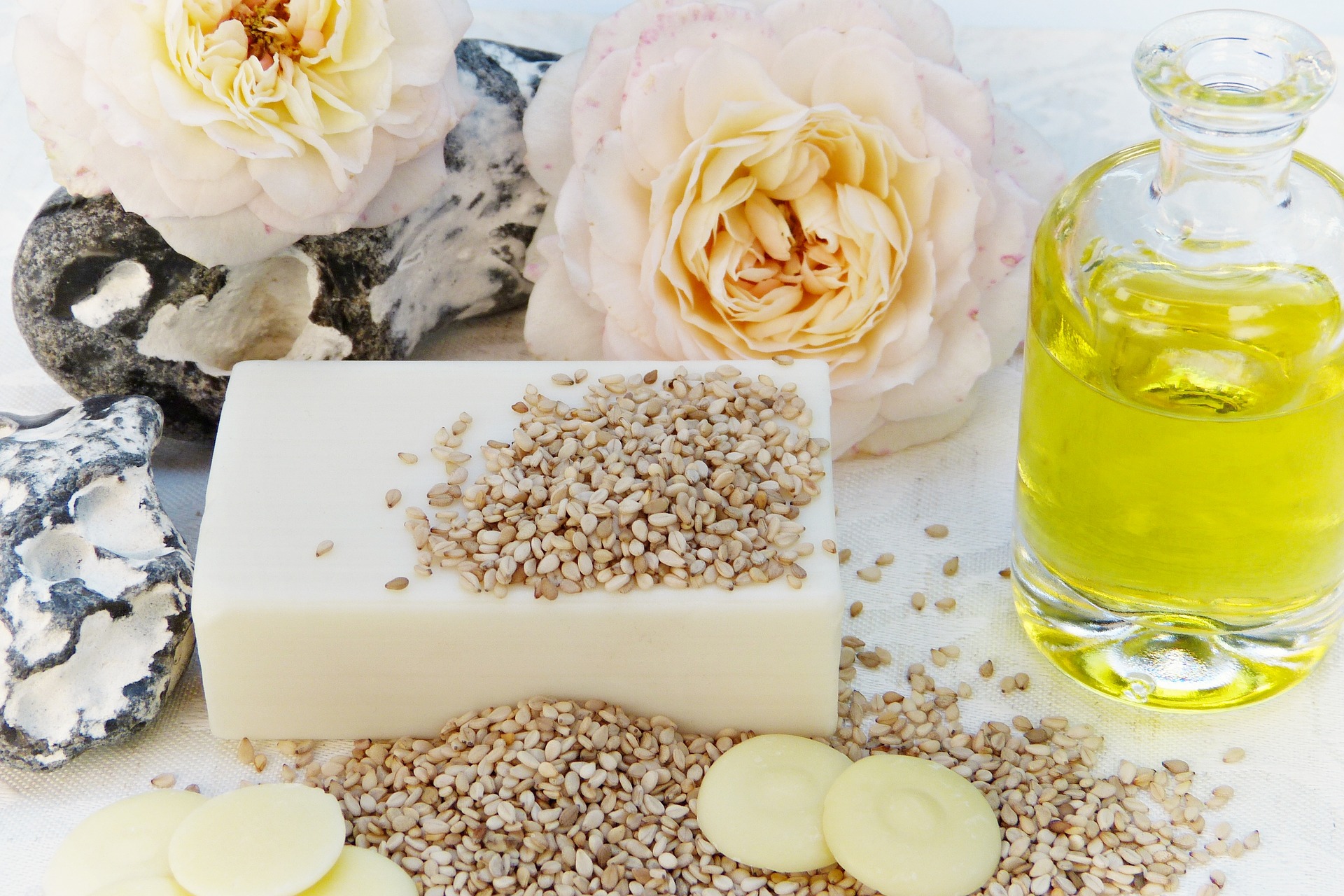
Another alternative is that you can have some fun and make your own creations! Since preservative-free products cannot last forever like chemicals ones do, it is recommended that you change homemade preparations often – they should be discarded after about 2 weeks if they contain water. Water-free preparations can last longer, especially if refrigerated.
However, if you have better things to do with your time than to become a chemist in your own kitchen, we invite you to take a look at the line of skincare we have created for ourselves, first of all, and for all like-minded individuals who value their health and the health of their loved ones.
Learn more by visiting www.GoldenPhae.com and feel free to contact us at This email address is being protected from spambots. You need JavaScript enabled to view it.
